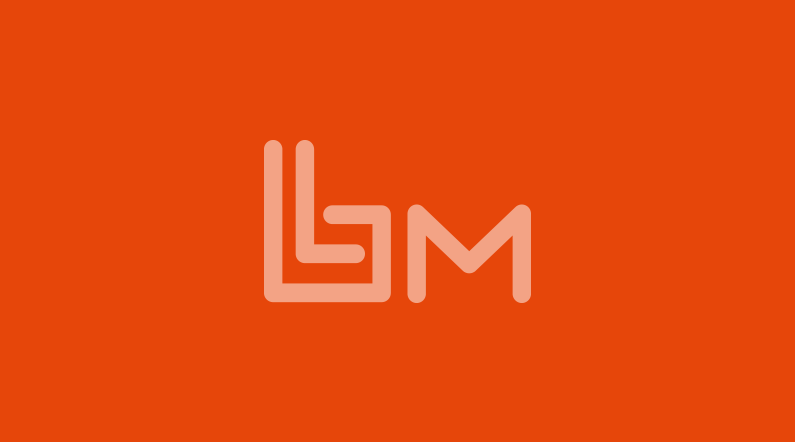When we talk to clients, we stress the importance of “aiming” before “firing” (remember, “ready, aim, fire”?) when it comes to developing a brand or marketing strategy. Clients might be ready to invest in marketing, but when they shortcut or worse, don’t even think about planning, they risk wasting resources (time and money) while failing to meet their objectives.
If companies were to include just a small amount time to think about clearly defining their target customer and what they should be telling them; thus “aiming” their marketing activities, they will have a much higher probability of success, and will more likely meet or exceed their objectives.
We’re not talking months of planning, but a 30-60 day commitment could be the difference between meeting and exceeding plan and head-scratching failure. Small and medium sized companies, in particular, believe that they have to act without really understanding who their real target customer is or how their competitors might react in response to their activities.
Now would be a great time to take stock where you stand. Since everyone is returning from their summer holiday, there’s still time to plan for 2014 before corporate financial plans are finalized in late November or early December.
Outlined below are two important planning frameworks. One is focused on developing a brand strategy and the other is focused on developing a marketing strategy. Ideally, you might have time to finish both before your company’s financial plan is due.
Brand Strategy Framework
Developing a brand strategy is an important but rigorous process. It starts with defining six key elements:
- Target audience. Who is your core target market? For which customer segments do your unique product/service benefits have the most value?
- Competition. Who are your primary and secondary competitors? How does your product or service rate against each of them?
- Rational and emotional benefits. What functional benefits does your product or service provide your customers? How should your customers feel about using your product or service?
- Point of parity. What attributes must your product or service have just to participate in the category?
- Point of difference. Which of those product or service attributes truly differentiate you from the competition and are important to your customers?
- Brand personality. What key personality characteristics do your customers associate with your brand? For example, serious, fun, sophisticated, rugged, etc.
Creating Your Brand Positioning Statement
Once you’ve answered these questions, use the following template to combine all of the elements into your brand positioning strategy statement:
For (Target Audience) _______________(Brand Name)____________ is the (Product/Service Description)______________ that delivers (Differentiated Benefit #1)__________ because (Reason-to-Believe #1)____________, and (Differentiated Benefit #2)______________ because __________(Reason-to-Believe #2)____________ so that______(Target Audience Payoff/Emotional Benefit).
This brand positioning statement defines how you want customers to think about your brand.
Marketing Plan Framework
The marketing plan becomes the roadmap to get you there. This includes activities to reach your customers or the development of new products. Your brand strategy will help you make critical marketing plan decisions, including:
- Who should you be talking to?
- Is your segmentation based on demographics? Customer behavior? Geography? Company size?
- What are your key product or service differentiators? Are they truly meaningful to your customers? How can you communicate these benefits in a compelling and interesting way?
- How are you going to communicate your message? Where will you reach your customers?
- Are you going to create a “look and feel” that customers will associate with your brand?
- How and where do your core customers consume their information? TV? Trade publications? Websites? Social media or mobile platforms?
Your brand positioning statement should also inform new product development efforts. Are new products or services consistent with your brand positioning?
Do they speak to the current customer target or to a new customer segment? Do they build your brand or muddy it? Your answers to these questions will determine how and when to launch new products or services, and whether to position them with your current brand or develop a new one.
Invest 30 Days
Just 30 days could be the difference between success in 2014 and another year of making the same marketing mistakes. Use your time wisely and focus on your brand and marketing strategy. When budgets will be discussed, you’ll have thoughtful rationale to support your initiatives. We are happy to help you sharpen your brand positioning or develop a breakthrough marketing strategy.


Recent Comments